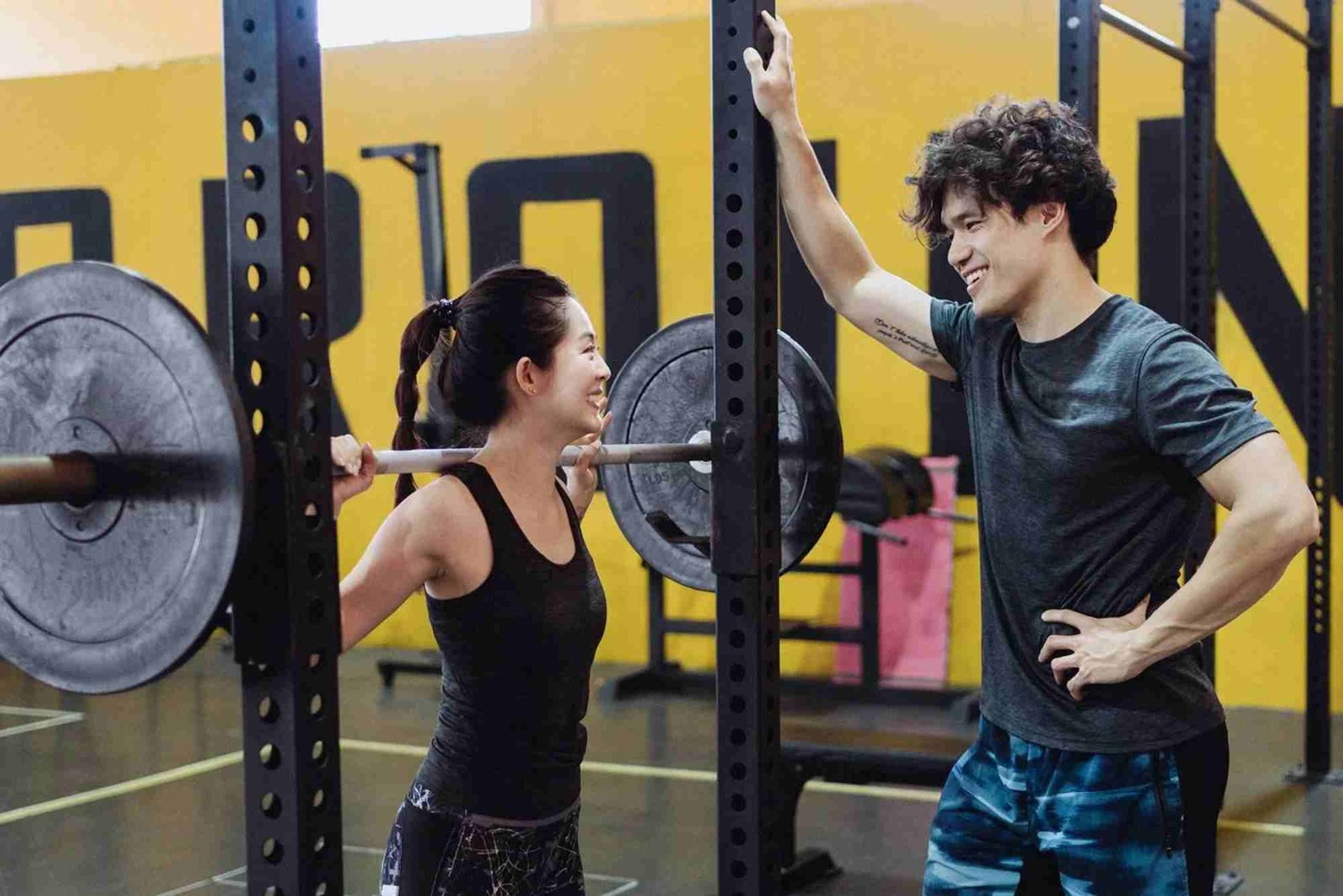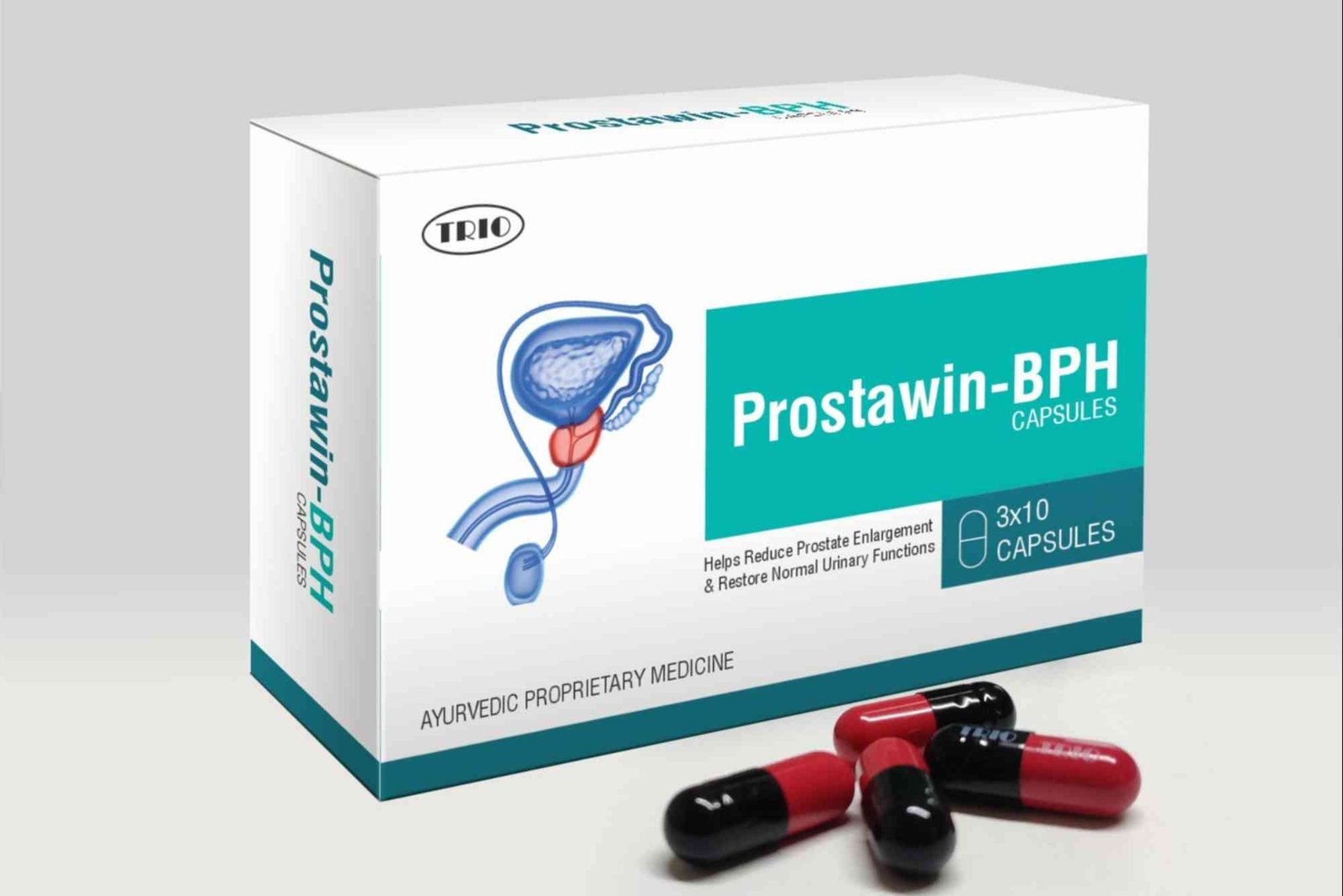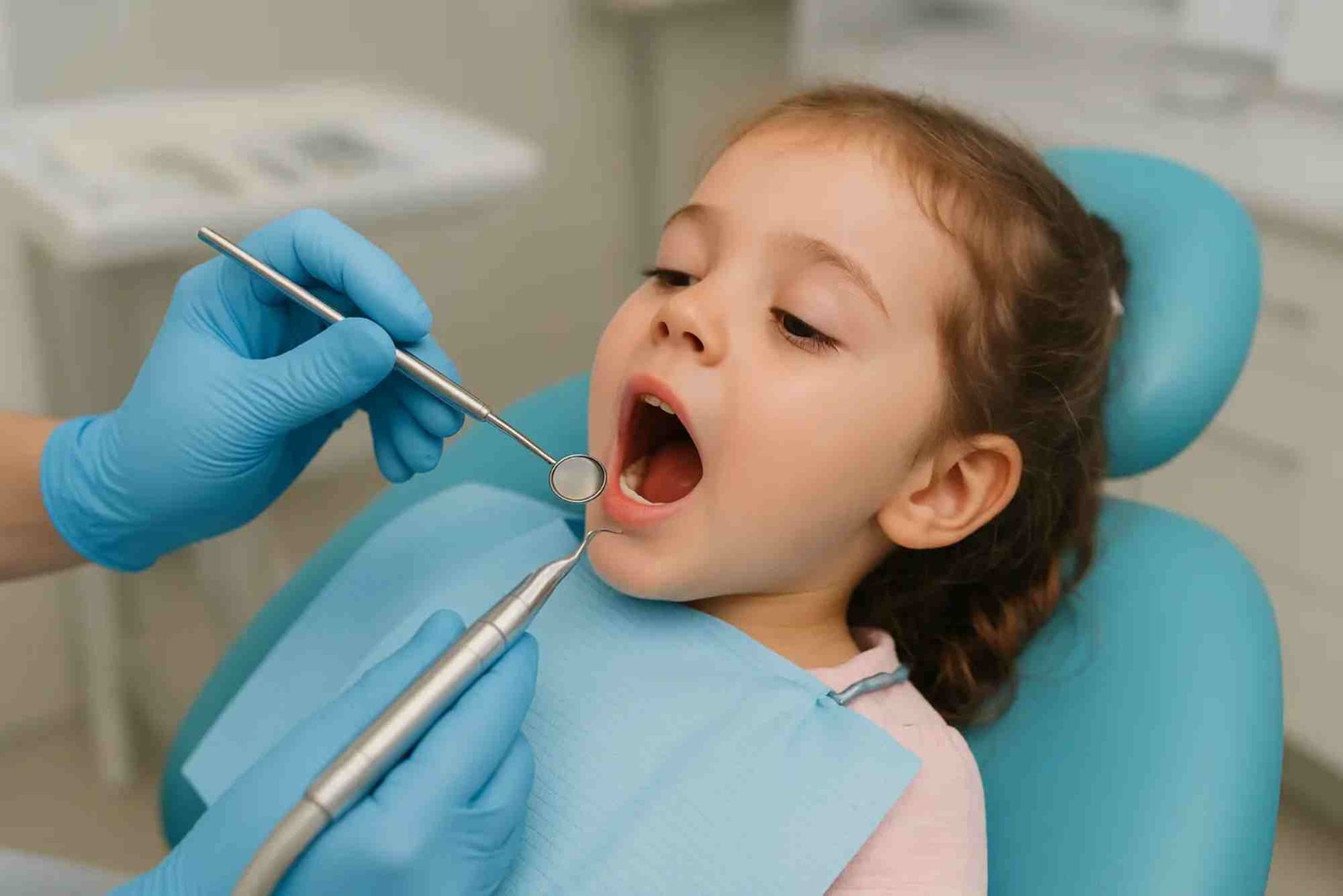Introduction
Many people wonder, “Does gym increase height?” It’s a common question among teens and young adults who want to grow taller while staying fit. The truth is, gym workouts can influence your posture, bone strength, and muscle growth — all of which affect how tall you appear. However, whether the gym can actually increase your height depends on several biological and lifestyle factors.
In this guide, we’ll explore how gym activities impact height growth, what exercises may help you reach your potential, and what myths to avoid. You’ll also get practical tips, real examples, and expert insights to help you make the most of your workouts.
For more detailed information, you can also learn about does gym increase height with science-backed explanations and research insights.
Understanding the Science Behind Height Growth
Human height is determined primarily by genetics — around 60–80% of your final height is inherited from your parents. However, the remaining 20–40% depends on factors like nutrition, hormones, physical activity, and sleep.
The Role of Growth Plates
Growth plates are areas of developing cartilage tissue near the ends of long bones. They are responsible for bone lengthening during childhood and adolescence. Once these plates close after puberty (around ages 16–20 for most), further height increase is unlikely. Gym workouts cannot reopen these plates, but they can support healthy bone density and posture.
Hormones and Exercise
Exercise, particularly resistance and strength training, triggers the release of hormones like human growth hormone (HGH) and testosterone. These hormones are vital for muscle repair and growth. While they don’t make bones longer after puberty, they can improve bone health and alignment, giving the illusion of added height.
Does Gym Increase Height Before and After Puberty?
The answer depends on your age and physical condition. Let’s look at how gym workouts affect people in different age groups.
Before Puberty
For children and early teens, gym exercises like swimming, hanging, skipping, and bodyweight training can help improve flexibility, bone strength, and growth potential. Since their growth plates are still open, consistent exercise combined with proper nutrition may support natural height development.
After Puberty
After growth plates close, gym workouts will not increase bone length. However, strength training, yoga, and stretching can significantly improve posture, spinal alignment, and muscle tone — all of which make a person appear taller and more confident. So, while you may not grow taller, you can look taller and more proportionate.
Best Gym Practices to Support Height Growth
Even if the gym can’t directly increase your height after puberty, the right practices can help you reach your maximum potential.
Focus on Posture-Improving Exercises
Bad posture compresses your spine and makes you appear shorter. Exercises like planks, back extensions, and shoulder shrugs strengthen your core and back muscles. These help straighten your spine, giving you a taller stance.
Include Stretching Routines
Dynamic stretching before workouts and static stretching afterward help elongate muscles and reduce tension. Stretching activities like the cat-cow pose, cobra stretch, and side bends improve flexibility and spinal health.
Engage in Compound Movements
Compound exercises such as squats, deadlifts, and pull-ups engage multiple muscle groups and enhance overall strength. These movements also stimulate the release of growth hormones when performed correctly and safely.
Avoid Excessive Weightlifting at a Young Age
Heavy lifting before puberty can put stress on developing bones and joints. Young individuals should focus on bodyweight training and proper technique rather than heavy weights. Consulting a certified trainer can help design an age-appropriate program.
Real-Life Examples: Can Gym Change Your Height Perception?
Many fitness enthusiasts report feeling taller after months of consistent training. While their bone length remains unchanged, their posture, confidence, and muscle alignment improve dramatically.
Take, for instance, athletes or dancers — their upright posture, balanced muscle tone, and spinal strength make them appear taller and leaner. This demonstrates that while the gym doesn’t increase height, it enhances body structure and presentation.
Nutrition Tips to Support Height and Fitness
Even the best workout won’t be effective without proper nutrition. A balanced diet fuels muscle repair, hormone production, and bone health.
Protein and Calcium
Protein builds muscles, while calcium strengthens bones. Include dairy, fish, eggs, and legumes in your meals to support your structure.
Vitamin D and Magnesium
These nutrients aid calcium absorption and improve bone density. Exposure to sunlight and foods like nuts, seeds, and leafy greens can provide these essentials.
Hydration and Sleep
Staying hydrated maintains joint health, while 7–9 hours of sleep allows the body to repair and release growth hormones naturally.
For authoritative health insights, visit NIH – Exercise, which offers research-based information on how physical activity affects overall growth and development.
Myths About Gym and Height Growth
“Lifting Weights Stunts Growth”
This is one of the most common misconceptions. When performed with proper form and supervision, strength training is safe for teens and adults. Studies show it does not hinder growth; instead, it enhances bone health and muscle coordination.
“You Can Grow Taller After 25”
After your growth plates fuse, height increase is not possible naturally. However, stretching, yoga, and posture correction can still help improve your visual height by 1–2 inches.
“Supplements Can Make You Taller”
No supplement can increase height once growth has stopped. Many products that claim to do so are misleading or unsafe. Stick to natural nutrition and exercise for genuine results.
Expert Tips for Maximizing Your Height Potential
- Focus on functional fitness and flexibility training.
- Maintain a nutrient-rich diet and avoid junk food.
- Get enough sleep — growth hormone peaks during deep sleep.
- Practice yoga or Pilates to strengthen and lengthen your spine.
- Avoid smoking, alcohol, and unhealthy habits that can affect bone growth.
These practices won’t make you taller overnight, but they’ll help you achieve your healthiest and most confident self.
FAQs
Can gym workouts help me grow taller at 16?
Yes, if your growth plates are still open. Exercises like hanging, swimming, and stretching can support natural height growth.
Does going to the gym at 18 stop height growth?
No. Gym workouts don’t stop growth if performed correctly. Proper training actually strengthens bones and supports healthy growth.
How can I appear taller through gym training?
Focus on improving posture, core strength, and flexibility. These adjustments can make you appear taller and more balanced.
Which gym exercises are best for height?
Pull-ups, hanging, skipping, swimming, and yoga-inspired stretches are excellent for spinal health and posture improvement.
Can stretching increase my height permanently?
Stretching won’t make your bones grow longer but can decompress your spine and improve posture, making you appear taller.
So, does gym increase height? The simple answer is — not directly. Gym workouts can’t lengthen bones once you’ve reached adulthood, but they play a crucial role in improving posture, muscle strength, and confidence. For teens and young adults still growing, gym training paired with good nutrition and sleep can help them reach their full height potential.
If you’re passionate about fitness and personal growth, check out sports & fitness insights for expert articles, training routines, and science-backed guidance.








